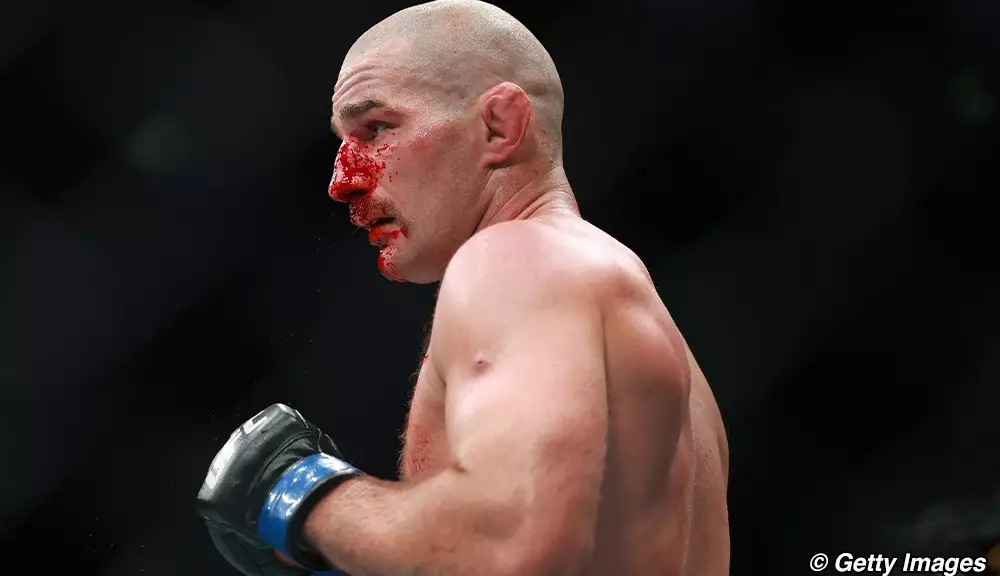In the aftermath of UFC 312, Sean Strickland faced significant backlash following his unanimous decision defeat to middleweight champion Dricus Du Plessis. The fight, conducted at the Qudos Bank Arena in Sydney, left fans and analysts questioning Strickland’s performance and fight strategy. Strickland, known for his brash persona and vocal tendencies, seemed to lack the urgency expected from a fighter vying for championship glory. His critics highlighted this perceived passiveness as a shortcoming rather than considering the myriad factors that can affect a fighter on such a grand stage.
What’s often overlooked in the fervor of criticism is the perspective of fellow fighters. Notably, Gilbert Burns, renowned for his own accomplishments in mixed martial arts, took a stand in defense of Strickland. On his podcast “Show Me The Money,” Burns emphasized the importance of recognizing the depth of Strickland’s career achievements, reminding fans that this is not the first time Strickland has faced adversity. Burns pointed out that Strickland has victories over formidable opponents, which deserve acknowledgment amidst the critiques. This call for perspective encourages a broader view of an athlete’s journey rather than a simplistic evaluation based solely on a single fight.
It’s crucial to consider the circumstances surrounding Strickland’s performance at UFC 312. He revealed that he was grappling with a staph infection during fight week, an ailment that undeniably impacts a fighter’s physical and mental state. Visible signs of this condition were apparent, yet fans often overlook such contexts, focusing instead on results. Additionally, the disclosure of a broken arm during training further complicates the narrative, as it raises questions about his physical readiness and ability to execute his game plan. In professional sports, where the slightest edge often dictates outcomes, such injuries can transform a contender into a shadow of their former self.
Fighter life is laden with challenges that remain invisible to fans. The growing culture of immediate judgment, fueled by social media and quick analysis, often ignores the reality that these athletes are not machines. They endure physical ailments, personal struggles, and the pressure of public expectation. As Burns noted, the current society demands immediacy, often memorialized in ‘reels’ and brief social media clips, neglecting the rich history and depth of an athlete’s career. Strickland, despite the criticisms, is more than his recent defeat; he is a former champion who has fought against a myriad of top contenders.
In the dynamic world of mixed martial arts, it’s essential to demystify the nature of fighters like Sean Strickland. While losing fights draws headlines, it’s vital for fans and analysts alike to maintain an appreciation for the broader context of a fighter’s journey. As Gilbert Burns articulated, remembering the achievements and the struggles behind the persona can foster a more respectful and nuanced discussion around fighters. After all, in a sport marked by volatility, resilience and the ability to bounce back are traits worthy of admiration, rather than mere ridicule.

